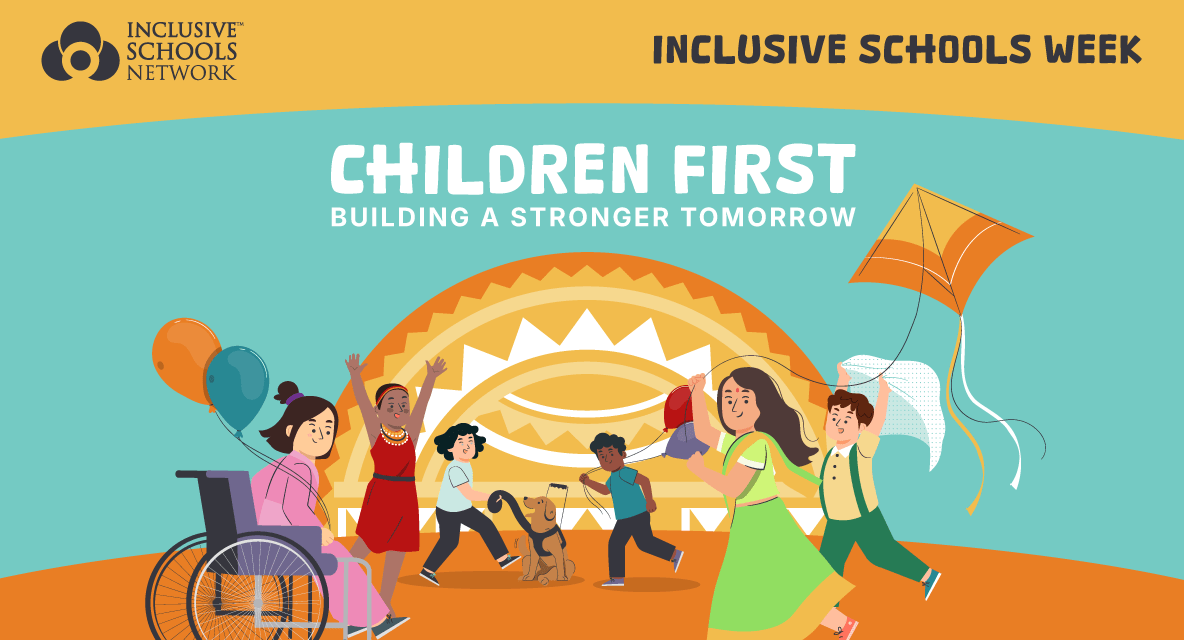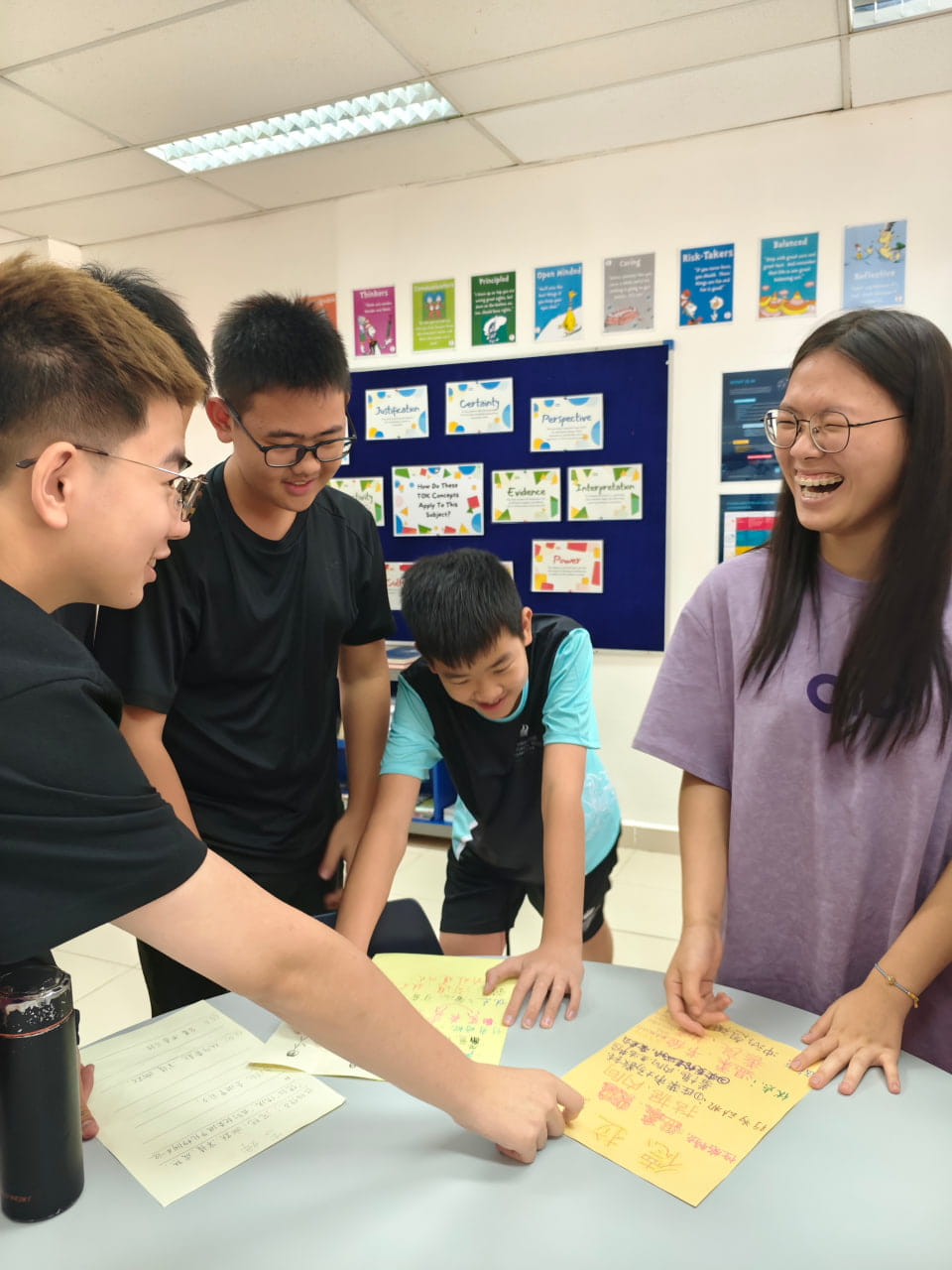Developing real-world skills in the Startup Studio at Northbridge - this is how we do it! This semester, our Northbridge International School Cambodia Grade 9 students in the Startup Studio set out on their journey of entrepreneurship, aimed at equipping themselves with the mindset and skills critical to success in today’s marketplace.

This semester, our Northbridge International School Cambodia Grade 9 students in the Startup Studio set out on their journey of entrepreneurship, aimed at equipping themselves with the mindset and skills critical to success in today’s marketplace.
This journey is underpinned by Five Pillars:
1. Story
Students have been challenged to tap into their own unique stories, communicating their personal value propositions in ways that connect with the audience so as to inspire them. Presenting to an audience is a daunting prospect for many of the students, but by taking risks and learning from failure, they give themselves the greatest chance of truly advancing.
2. Team
Students have been working in teams so as to experience and understand the power of effective collaboration. The focus here is on allowing each student to discover two important aspects of collaboration, specifically: how they most effectively serve in a team and what kind of people they work best with.

3. Build
Students have been building on their creative thoughts so as to identify problems worth solving for their chosen target market. These ideas are then validated through primary and secondary market research in order to establish with confidence that their target audience would be willing to pay for a solution.
4. Pivot
By applying critical thinking, students have evaluated possible solutions to the problems they have identified. Through understanding that failure is the most effective learning tool and showing the resilience to keep going, they maximise their chances of successfully pivoting from idea generation to value proposition creation.

5. Pitch
Leveraging their stories, students have been pitching their value propositions in ways that engage successfully with their audience. Regular pitching and honest, constructive feedback from their peers serve to increase the effectiveness with which the students communicate and sell themselves.
Over the course of Semester 1 there have been plenty of times when the students have stepped well outside their comfort zone and risked failing. There will be many more such opportunities in Semester 2. The important thing is that the students view failure not as a negative outcome, but rather as a positive one that moves them towards the greatest chance of fulfillment.










